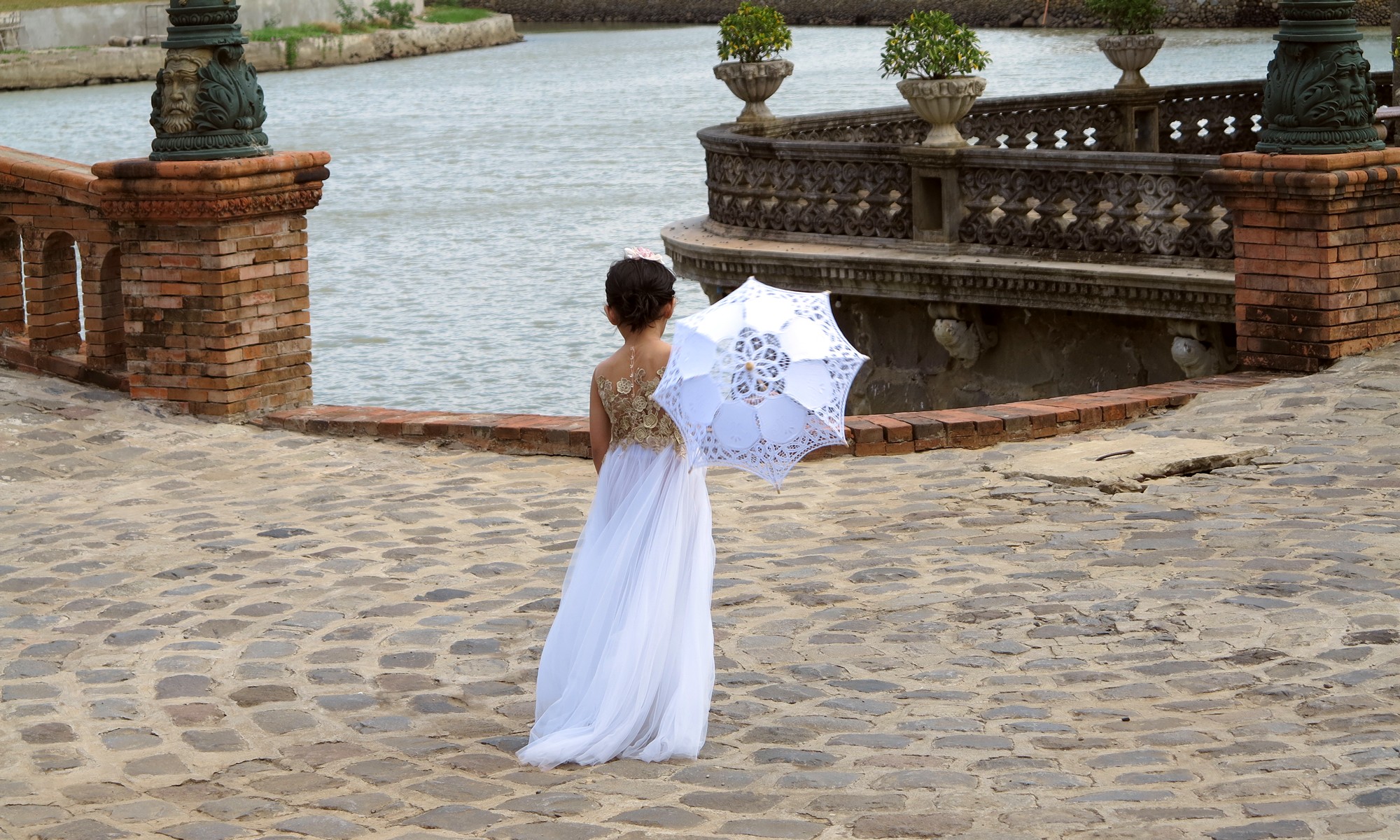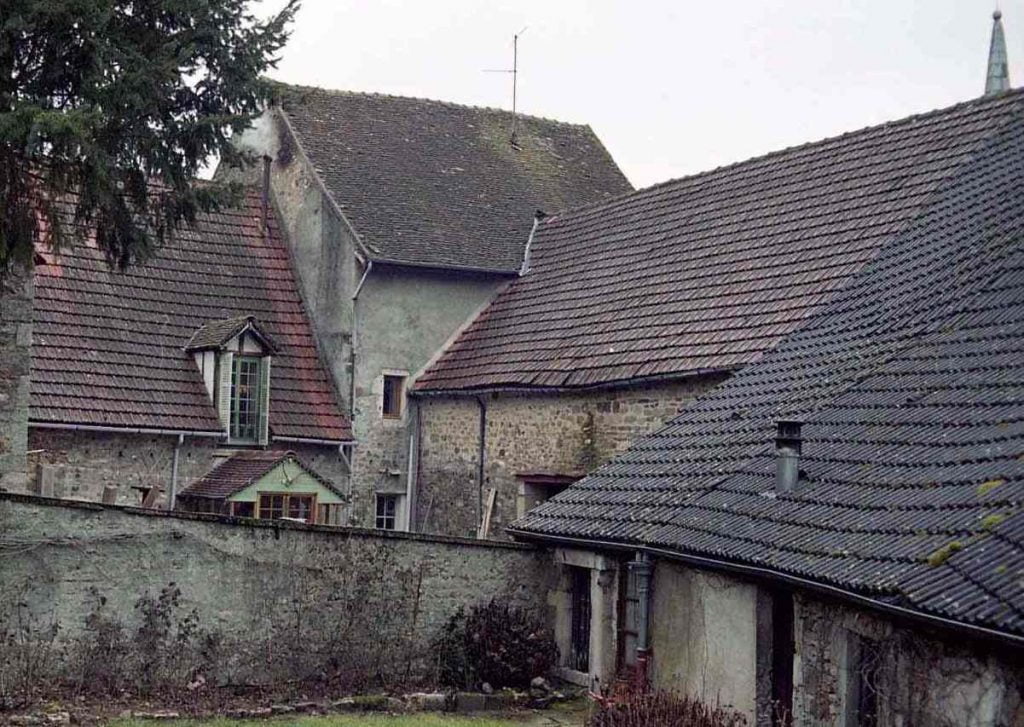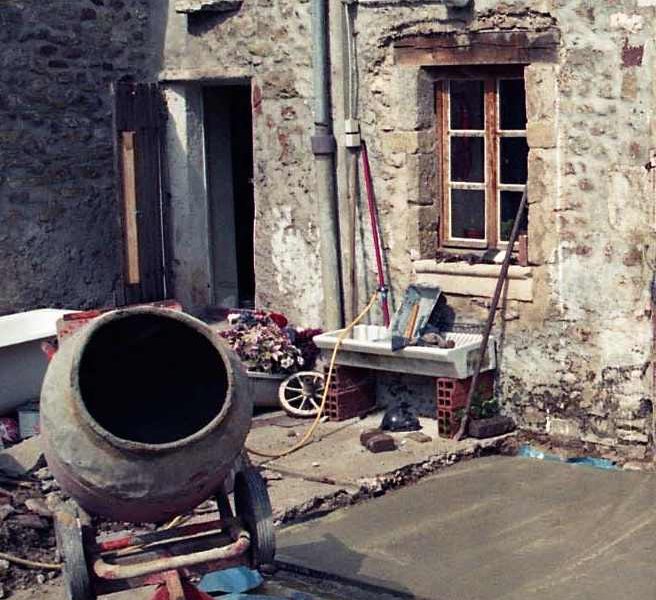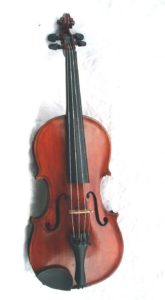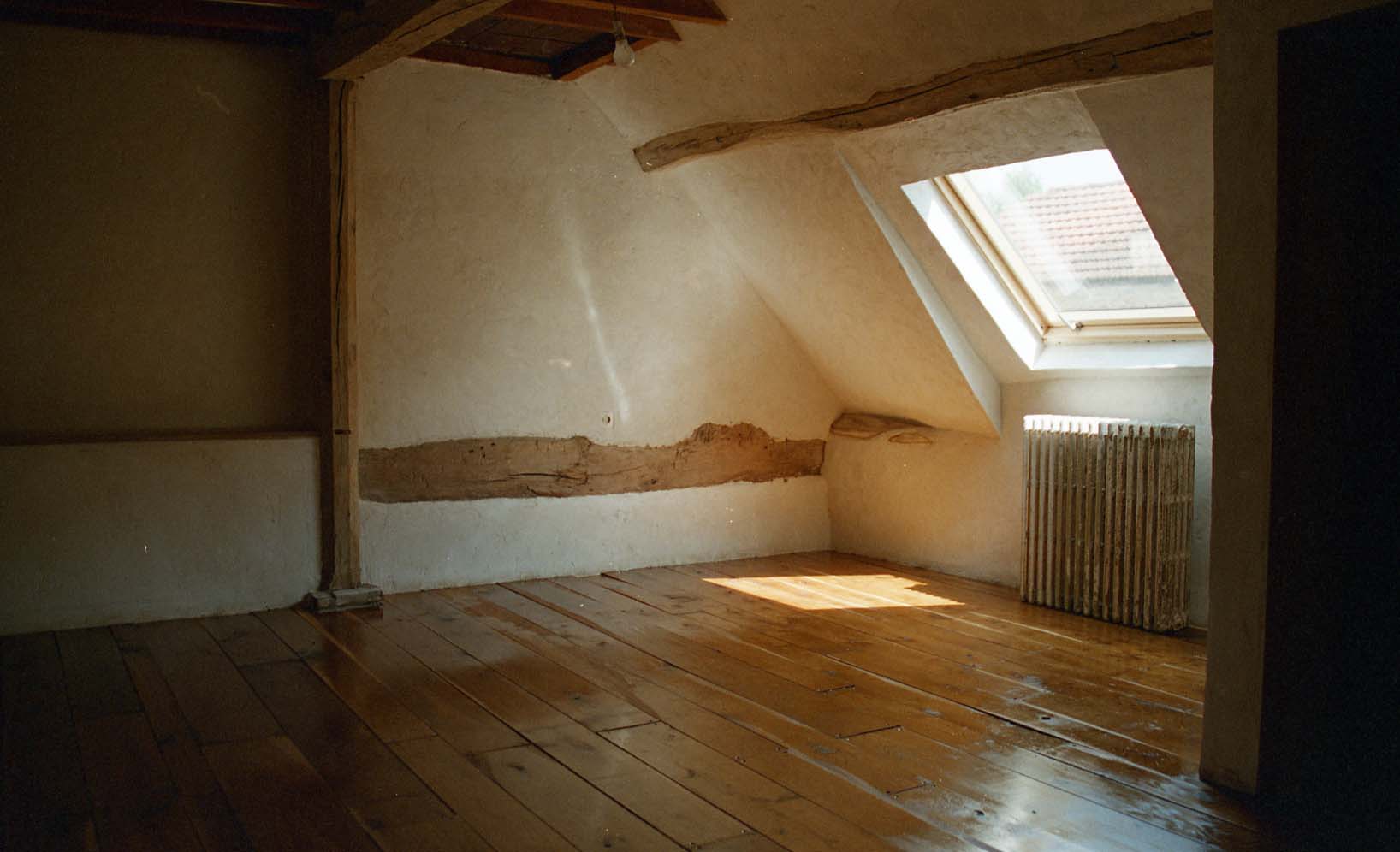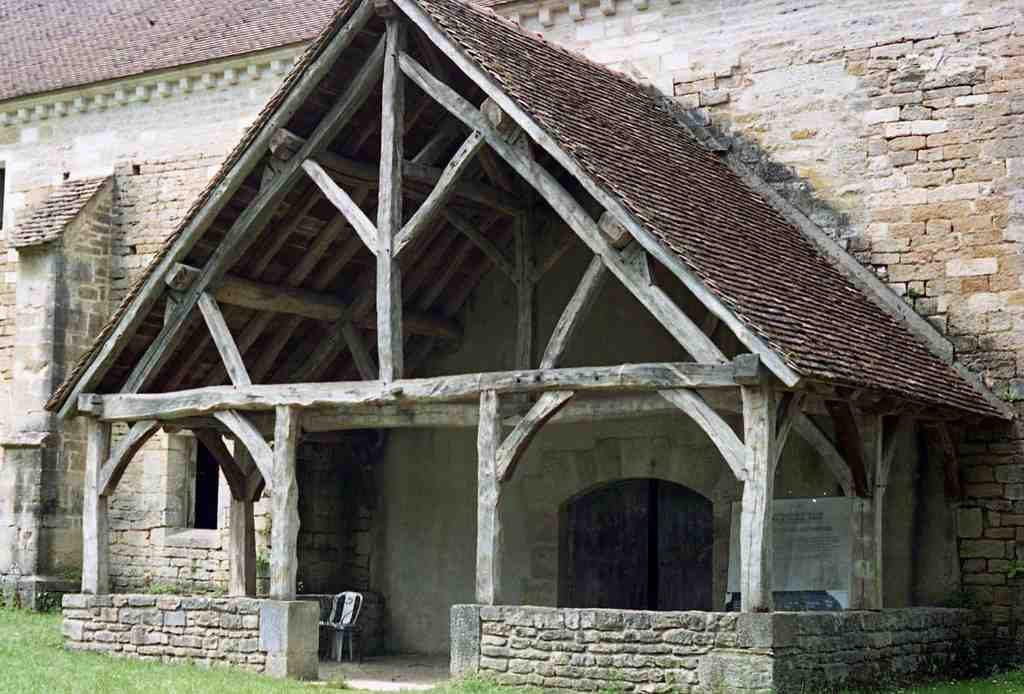Originally posted 2013-06-17 20:37:29.
Penetrating damp is the result of water coming through the walls.
Once you’re sure no water is coming through the roof by following the previous articles in this category—and the saving grace of that kind of leak is that it is very obvious and marks its presence clearly—the next issue is this one. Here’s an excellent overview of the problem.
I’ll take time for another of my provocative asides here. I’m pretty convinced—actually I am totally convinced—that there is no significant problem of rising damp in most traditionally built houses, at least as long as they have been left that way. Note that last bit. I’ll come back to this later.
Meantime, if we discount the possibility of rising damp in most cases, we must look elsewhere for the source of water and there are two issues to address here.
Continue reading “Penetrating Damp in your Traditional House (Damp 3)”
